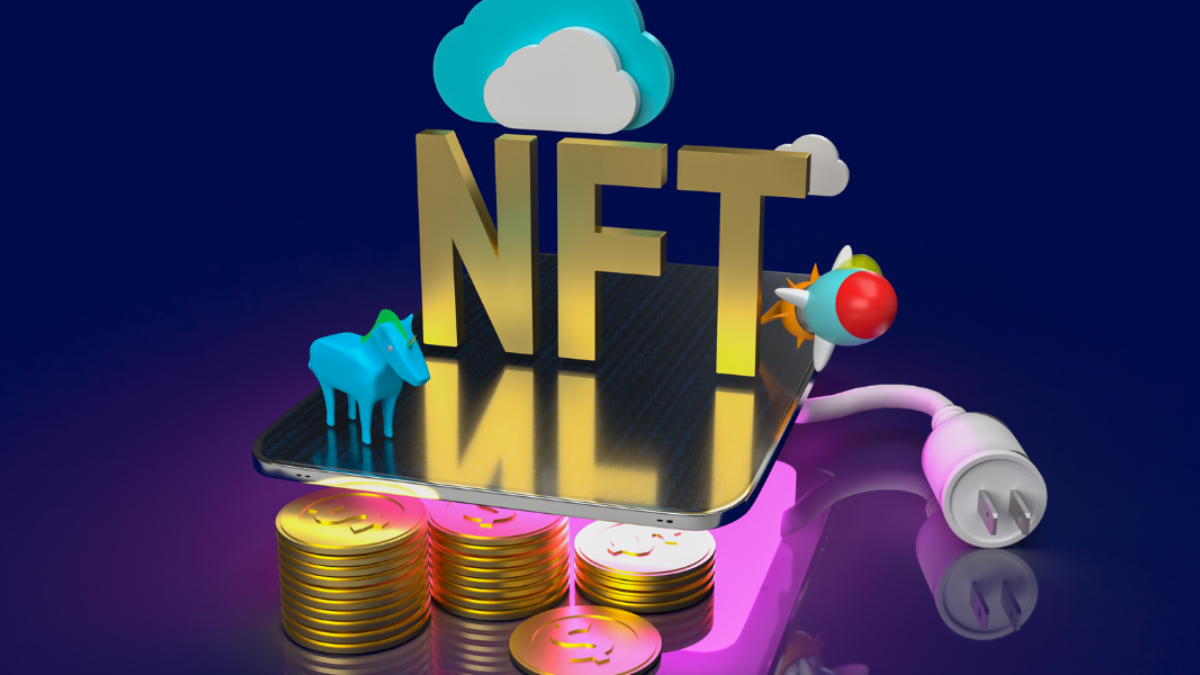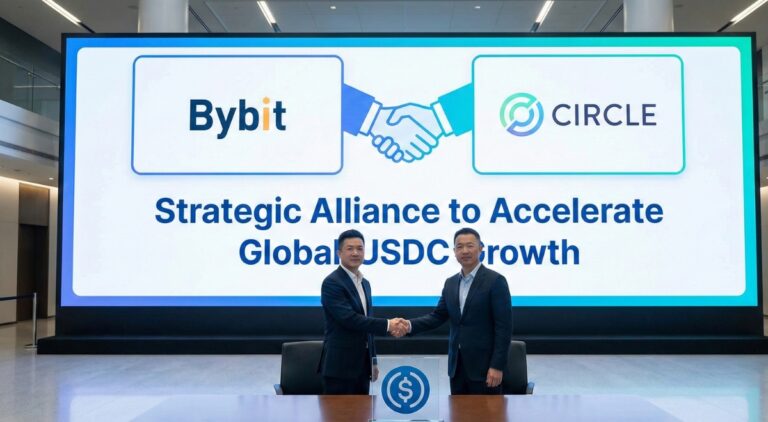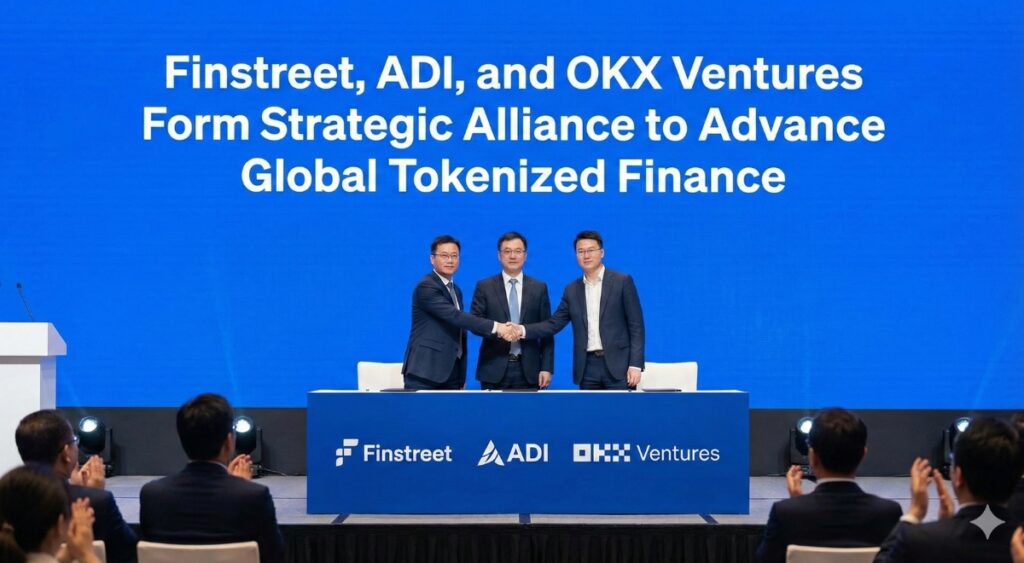The world of Non-Fungible Tokens (NFTs) offers creators new ways to make money from their digital creations. One of these ways is through royalties. NFT royalties are a recent addition to the NFT world that lets creators earn money from their works even after they’ve sold them to someone else. This article explains what NFT royalties are and how they work.
What Are NFT Royalties?
In conventional art markets, artists solely receive income from the first sale and do not profit from subsequent resales. NFT royalties are a form of digital inheritance that benefits artists and creators. If an artist sells a non-fungible token of their work, they have the option to establish a royalty fee. Every time someone resells the NFT in the future, they will receive the fee automatically. NFT royalties enable creators to generate continuous income from their creations, even after they have sold the initial NFT.
How Do NFT Royalties Work?
The royalties for NFTs vary based on a percentage of the price at which the creator has set the sale. The method for calculating and managing NFT royalties is not standardized, as each NFT marketplace (such as OpenSea and LooksRare) uses different smart contracts. If there is a remainder after calculating the royalty fee, it can be rounded to either 5 or 10 percent, either up or down.
Let’s say an artist sells their NFT for $2,000 and includes a 5% royalty fee for any future sales of the same NFT. The sale price will automatically include a 5% commission for the artist. Assuming the NFT is sold for $20,000, the artist would receive $1000. This allows artists to benefit from the increased value of their paintings even after they have sold them. It also encourages collectors to support artists by purchasing their NFTs, knowing that future purchases will help the artist.
Popular NFT Marketplaces Offering Royalties
Below is an overview of the most commonly used platforms that offer the highest royalties:
- OpenSea is a big NFT marketplace. It gives creators the choice to have royalties, with the smallest amount being 0.5%.
- LooksRare: Creators have the option to receive royalties in addition to automatically receiving 25% of trading fees.
- Nifty Gateway: This platform has rules about royalties. The marketplace takes 5% of the sale price and an additional 30 cents to cover credit card processing fees.
- Rarible. This platform has regulations regarding royalties and service fees. The marketplace takes 1% from both the seller and buyer sides.
- SuperRare, there are rules regarding royalties, and the marketplace takes 15% of the primary sale. When a secondary sale occurs, the collector will receive 90% of the sale, while the original artist will receive at least 10% as a royalty.
Conclusion
The introduction of NFT royalties is reshaping the world of digital ownership by enabling creators to receive ongoing compensation and explore new ways of monetizing their work. Artists can generate a consistent income by adopting NFT royalties, while investors and collectors can support the development of the artistic community.
















